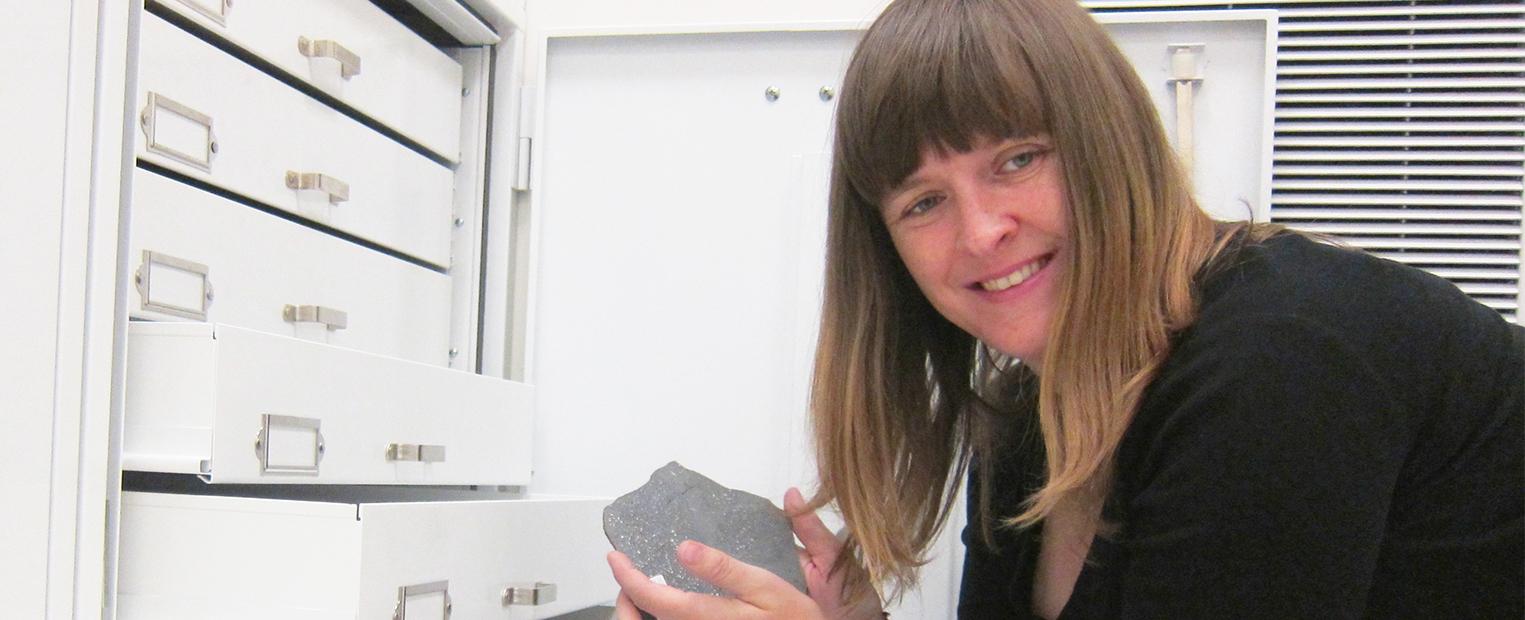Responsible for the designation of small bodies in the solar system, the International Astronomical Union (IAU) Small Body Nomenclature Working Group names minor planets and comets, dwarf planets, and satellites of minor planets. It recently released its latest bulletin of asteroid names, and Associate Professor Rhiannon Mayne, Ph.D., was notified that she made the list. Asteroid 27529 (Rhiannonmayne = 2000 HJ64) is roughly 2.8 km in diameter and is located in the main asteroid belt between Mars and Jupiter. Discovered on April 26, 2000, Rhiannonmayne was first observed from Anderson Mesa Station, one of two sites of Lowell Observatory in Arizona.
Mayne says, “I felt very honored to have an asteroid named after me. It is something that will survive long after I do. This asteroid is part of the Vesta family, which is believed to originate from the asteroid Vesta. Vesta is one of the largest asteroids in the main belt. This makes it extra special to me as Vesta, the Vesta family, and meteorites related to them are the subject of much of my research. It shows that there was real care that went into selecting which asteroid should bear my name.”
Mayne has made important contributions toward understanding the process of planetary differentiation utilizing laboratory and telescopic techniques. Specifically, she studies differentiated asteroids. These bodies were formed in the early solar system that melted and then cooled to form a core, mantle, and crust structure, just like Earth and the other terrestrial planets. Planets are so large that they retain their heat longer and their surfaces and interiors are active for longer. As a result, they erase all evidence of their early history.
“Asteroids preserve this time and allow us to understand how planetary bodies must have formed. However, asteroids are somewhat inaccessible, though the Jeff Bezoses and Elon Musks of the world may disagree. This makes them hard to study. Therefore, much of my work focuses on studying meteorites that have derived from these asteroids. They are nature’s sample-return missions. They bring the asteroid to us,” Mayne says.
Learn more about the IAU Small Body Nomenclature Working Group and asteroid 27529 (Rhiannonmayne).
